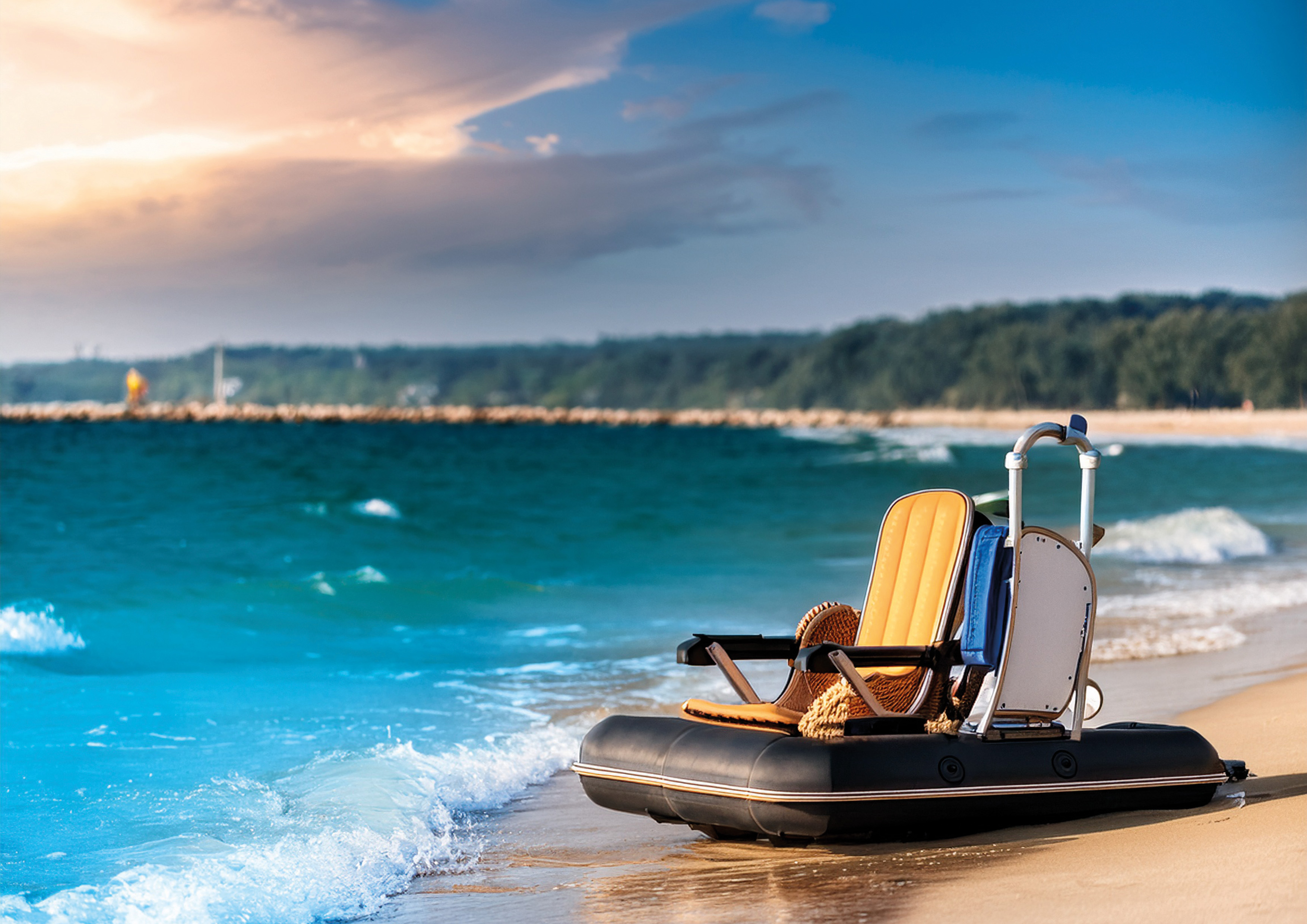Enjoying the beach
Download Pdf
Amphibious chairs for people with reduced mobility play a key role in improving accessibility on beaches. Their design must be functional, but also resistant to a particularly demanding environment. Typical conditions in coastal areas, such as constant humidity, salt spray, prolonged sun exposure, sand and temperature changes, require the use of reliable and durable materials.
In this context, AISI 316 stainless steel has established itself as a specially suitable technical solution. Although there is no standard that expressly requires the use of this material in amphibious chairs, its use is common because it effectively meets the functional and environmental requirements that arise in this kind of equipment. Unlike other alloys, AISI 316 incorporates molybdenum in its composition, which significantly increases its resistance to corrosion in the presence of chloride. This characteristic is notably relevant in applications with direct or prolonged exposure to seawater, where other steels can deteriorate rapidly.

The use of AISI 316 in amphibious chairs allows the integrity of the structure to be maintained after multiple seasons of use. Thanks to its corrosion resistance, the need for frequent maintenance is reduced, resulting in lower operating costs and increased availability of the equipment for users.
In addition to its resistance, this material offers guarantee in terms of safety. Its surface is easy to clean and withstands the impacts of continuous use in public spaces, without deformation or mechanical failure due to premature wear and tear.
Due to its mechanical properties, AISI 316 stainless steel allows the construction of solid structures with relatively low thicknesses, which helps to reduce the overall weight of the chairs without compromising their rigidity. This makes them easier for caregivers to handle and improves the user experience during transport.
In addition, it is recyclable, which makes it an option that is consistent with the sustainability strategies that are increasingly being applied to urban furniture and equipment for public use.